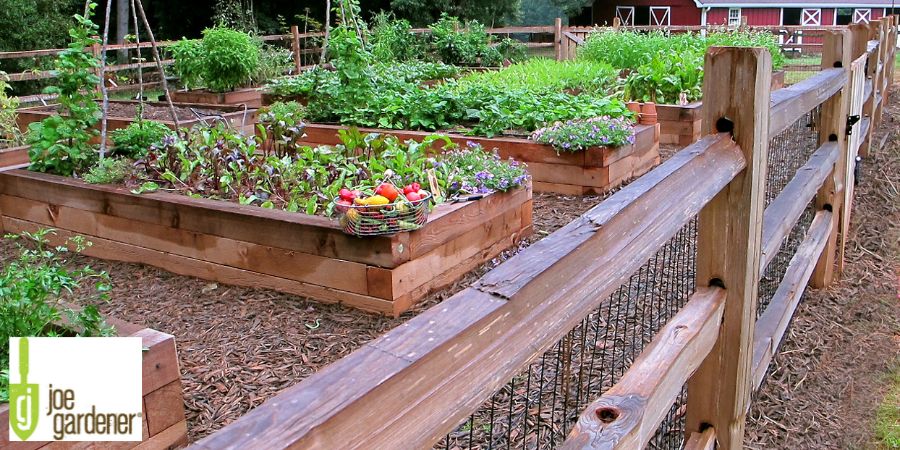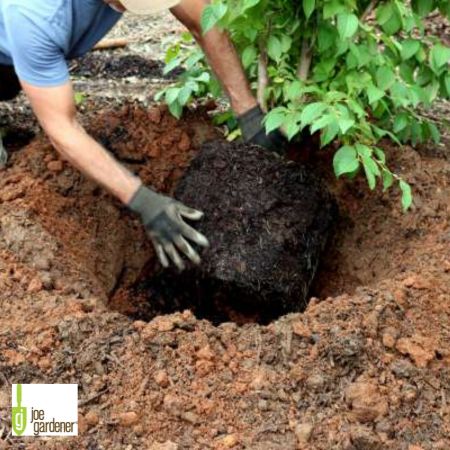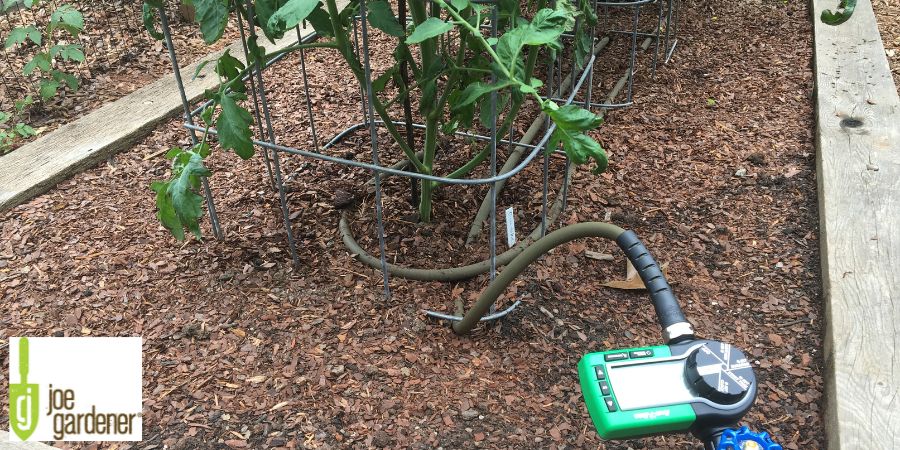Five Tips for Water Conservation in Your Garden and Lawn
- Gardening Expert and Host of Growing a Greener World®August 12, 2023
How do you keep your lawn and garden alive during times when water is scarce?

Unlike rainwater harvesting that addresses options to capture water, water conservation addresses ways to use that water in the landscape as efficiently as possible. The following steps will help you conserve the most amount of water while keeping your lawn and garden alive and well.
1) Water Conservation Starts When You Begin Planting
Water conservation in the home landscape starts the moment you put your plants in the ground, especially perennials, shrubs, and trees.
The key is to encourage roots to grow out into the surrounding environment. The best way to do that is to ensure the roots are not pot bound—that circular pattern many roots are forced into by being left in the container too long. Eventually, those roots become so tightly entwined, it’s nearly impossible for them to reverse the process, or for water even to be absorbed by these roots at all. In such cases, no amount of water will help solve the problem.
Cut, tease, knead, or pull apart these pot-bound roots whenever necessary in order to provide an opportunity for new roots to grow outward by breaking this pattern and freeing them from this ongoing inward growth habit.
Next, soak the rootball and planting hole to stimulate water uptake and wake up the roots to their new found freedom.
Then, backfill with native soil—not a fluffy store bought concoction of soil amendments. Native soil will help plants establish quicker and encourage them to reach beyond the initial planting hole.
To promote long-term health, provide a top dressing of compost or a slow release organic fertilizer such as Milorganite during the growing season. The ultimate benefit is a healthier plant that requires far less water.

2) Add Mulch Wherever Possible to Help Retain Water
For anything you’re planting, the single best way to conserve water is to keep what’s in the soil there as long as possible. A two-inch layer of mulch (shredded leaves, ground bark, wood chips, grass clippings, straw, etc.) will work wonders to providing a protective barrier to the evaporative effects of the sun and wind and dramatically reduce the amount of water needed to keep your plants hydrated.
In the lawn, you can achieve a similar effect by mowing your grass at the highest level of its preferred range. The taller the grass, the less impact sun and wind will have on evaporation at the soil level.
3) Water at the Right Time of Day to Conserve Water
One of the best ways of directing water to your lawn and garden is to make sure you’re doing so when heat and wind are at a minimum.
The best time to irrigate is early in the morning. Think dew cycle, generally between 4:00 and 7:00 am. In this way, water has time to absorb into the ground without the evaporative effects by watering later. By doing so, you can easily conserve 50% of the water lost compared to midday overhead irrigation.
4) Water Deeply but Infrequently
While it may seem counter-intuitive, watering less frequently but more deeply encourages roots to grow further down to find water when it’s unavailable near soil level. The alternative of frequent, brief irrigation sessions never encourages roots to seek water elsewhere since all they need (for now) is found at the surface.
The problem with this approach is that frequent watering makes plants less drought-tolerant. This is especially true with lawns. Typically, lawns are thirsty places. We often make the mistake of providing short sessions of frequent irrigation. Changing that approach to longer sessions less often promotes deeper root growth less demand for water.

5) Direct Water Right Where it’s Needed
The best way to conserve water in your ornamental and edible beds is to direct water directly to the soil and around the roots. The best way to do that is with soaker hoses and drip irrigation. And when you follow that up with a layer of mulch on top, nearly 100% of water goes exactly where it’s needed.
Soaker hoses are best when you need to get water to a general area, such as a vegetable or flower bed. Water seeps out of porous hoses slowly and evenly, eventually saturating the soil under the length of the hose.
Drip irrigation utilizes small, spaghetti-like tubing and plastic emitters at the end to deliver a slow, steady supply of water to a precise spot. They’re ideally suited for containers and also work well around shrubs. Drip systems are inexpensive, easy to use and offer the very best solution to keeping container plants hydrated with minimal water use.
In either case, I love using these methods combined with a simple battery operated timer. The combination allows me to deliver water slowly and precisely where roots can find and absorb it while doing so at the optimal time of day and with no need from me to turn it on or off.
It’s simply the best of all worlds when it comes to conserving water (and time) wherever practical to provide supplemental irrigation.

